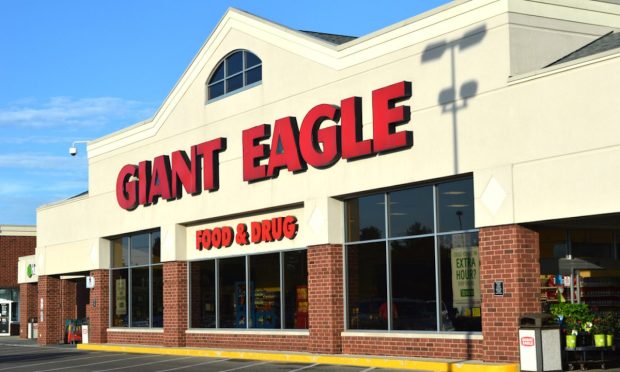Grocers Fight Food Waste, Inflation With Mobile App Partnerships

As food prices rise, the cost of food waste for grocers — a significant issue in the best of times — becomes an all-the-more pressing matter. Pittsburgh-based grocer Giant Eagle, for one, which has more than 470 stores across five U.S. states, is monetizing its would-be waste, selling it for a discounted rate.
On Tuesday (July 26), Giant Eagle announced that it is expanding its partnership with Flashfood, an eCommerce marketplace selling food that is approaching its best-before date at lower prices, from 34 locations to 173, designating an area in stores to Flashfood pickup.
“Our partnership with Flashfood has not only helped us in our mission to reduce food waste, but it has helped us better serve our guests and their families by offering more value-focused grocery options,” Dan Donovan, director of corporate communications for Giant Eagle, said in a statement. “With the success we’ve seen so far, it was a natural next step to expand the program to all our corporate supermarket locations to offer more guests access to this savings opportunity while making an even bigger impact on the environment.”
The model resembles that of Too Good to Go, an app on which more than 150,000 food sellers across 17 countries, including restaurants and grocery stores, sell safe-to-eat foods at discounted rates that they would otherwise discard.
These efforts come as, across the industry, grocers seek out more margin-friendly ways to offer deals and discounts. In addition to many players looking to derive more value from products that would be thrown out, category leaders are looking to leverage their consumer data to maximize the loyalty-driving capabilities of promotional offers.
“Yes, we are promoting, but we’re promoting very deliberately in an extremely targeted fashion, giving people the promotions that matter for them,” Vivek Sankaran, CEO of U.S. grocery giant Albertsons Companies, told analysts on a call Tuesday discussing the company’s first-quarter fiscal year 2022 earnings results. “And you will continue to see that [across the industry] in my opinion as we go forward.”
Read more: Albertsons Turns up ‘Sticky’ Digital Engagement Efforts as Shoppers Seek Deals on Groceries
Cost savings are a significant draw for many consumers, especially given the large share of the U.S. population that does not have a financial safety net.
Research from PYMNTS’ June/July study New Reality Check: The Paycheck-To-Paycheck Report, which draws from a May survey of a census-balanced panel of more than 3,700 U.S. consumers, finds that 58% live paycheck to paycheck. Additionally, 77% of paycheck-to-paycheck consumers struggling to pay bills report having experienced events that caused financial distress in the past three years.
Related news: Two-Thirds of Paycheck-to-Paycheck Consumers Faced Financial Disruption in Last 36 Months
These concerns are compounded by skyrocketing prices. The Consumer Price Index for All Urban Consumers (CPI-U), reported by the U.S. Bureau of Labor Statistics (BLS) earlier this month revealed that prices for all items rose 9.1% year over year in June. Moreover, in that time, food prices rose 10.4% year over year, and grocery prices rose 12%.